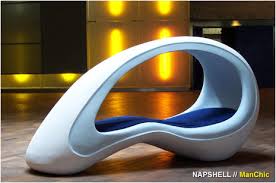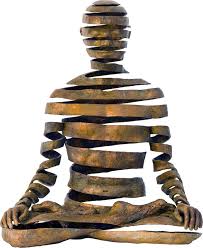Picture
Plane-the plane of a painting, drawing, or the like, that is in the extreme foreground of a picture, is coextensive with but not the same as the material surface of the work, is the point of visual contact between the viewer and the picture, and is conceived as a major structural element in the production of abstract or illusionistic forms.




Horizon
Line-In art, the horizon line (also called eye level) marks the point where the sky meets the land or water below.




Two-point
perspective-linear perspective in which parallel lines along the width and depth of an object are represented as meeting at two separate points on the horizon that are 90 degrees apart as measured from the common intersection of the lines of projection.



Atmospheric
perspective-a technique of rendering depth or distance in painting by modifying the tone or hue and distinctness of objects perceived as receding from the picture plane, especially by reducing distinctive local colors and contrasts of light and dark to a uniform light bluish-gray color. Expand.






Point of
view-The point of view is determined by where a viewer is stationed in relation to everything else he sees.
Aerial
View- It involves the vanishing point/s and horizon line being positioned on the upper portion of an image. It is usually used in reference to a landscape or a cityscape.




Spatial
Illusion-A spatial illusion is said to occur when the perceived model differs from the physical model whether in dimension, orientation, curvature or direction.




Actual
texture-Actual texture refers to the tactile qualities of the physical surface of the object. In other words, how does the surface of the work feel when you touch it? 



Trompe l’oeil-technique that uses realistic imagery to create the optical illusion that the depicted objects exist in three dimensions.














































